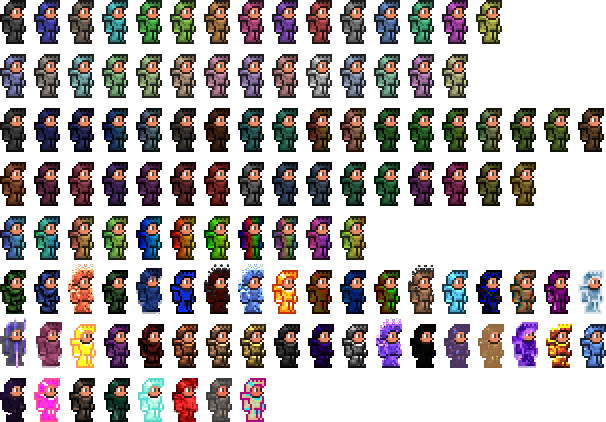Vat Dye - The True Essence of Natural and Synthetic Colors

The art of dyeing has been around for centuries and has been an integral part of various cultures. From the natural dyes extracted from plants to the synthetic dyes, the process of dyeing has seen several advancements. One such advancement is in the form of vat dyes. Vat dyes have gained popularity over time and have become a preferred choice for several applications.
What are Vat Dyes?
Vat dyes are called so because of the manner in which they are applied. The process of dyeing that takes place in a bucket or vat is called vat dyeing. Almost any dye, whether it is fiber-reactive, direct, or acid can be used for vat dyeing. Vat dyes are used for dyeing cotton, wool, and other fibers.
One of the most popular original vat dyes is indigo. Indigo is a blue pigment once extracted from plants but now produced synthetically. Synthetic indigo offers a consistent and uniform color and is cheaper to produce than natural indigo.
What is Indigo Dyeing?
Indigo dyeing is one of the oldest methods of dyeing and has been used for thousands of years. Indigo dyeing is also known as blue dyeing, as it produces a beautiful blue color that is both deep and saturated. Known for its excellent color fastness, indigo dyeing is used for dyeing various fibers like cotton, silk, and wool.
How is Indigo Dyeing Done?
Indigo dyeing is a complex process that involves several steps. The dye bath or vat must be prepared, and the fabric must be pre-treated with chemicals. The fabric must be dipped in the dye vat multiple times to achieve the desired color.
The process of indigo dyeing is also essential to achieve the right shade. The length of time the fabric stays in the dye vat, the number of dips, and the amount of oxygen present in the vat, all play a vital role in determining the final shade of the indigo dye. The process of indigo dyeing must be done meticulously, or the color obtained might be uneven or washed out.
Advantages of Vat Dyes
Vat dyes offer several advantages over other dyes. They produce a uniform color and have excellent color fastness. They are also resistant to fading and do not bleed, making them ideal for use in garments and fabrics that require frequent washing.
Vat dyes are also environmentally friendly. Unlike other dyes that release harmful chemicals into the environment, vat dyes are non-toxic and do not pose any health hazards.
Conclusion
Overall, vat dyes offer several benefits over other dyes. They produce a uniform color, have excellent color fastness, and are environmentally friendly. Indigo dyeing, with its rich history and beautiful blue hue, is one of the most popular forms of vat dyeing.
If you are looking for a natural or synthetic dye that can provide excellent color fastness and a beautiful color that stands the test of time, vat dyes are an excellent choice.